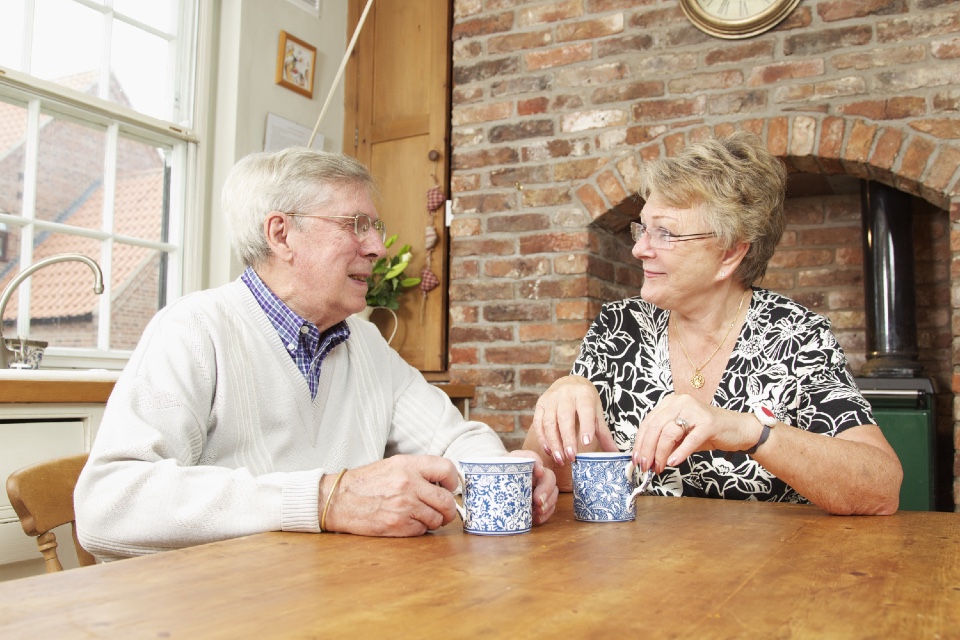Our ageing population means we have no choice but to look at the ways we can deliver care differently in order to cope with increasing demand. Between now and 2040 there will be an extra 6 million over 65s. As people live longer, more pressure is put on our statutory services.
Angus Honeysett, head of market access at Tunstall Healthcare, discusses the issues affecting housing, health and social care, and how we can create better services and better lives, and plan for a better future…
Better services
Working together is in everyone’s interests, and greater integration and uptake of technology will not only enable increased and improved innovation, but will ensure our services can meet the population’s health and care needs, and save taxpayers’ money.
We need to consider our shared common goals. Housing, health and social care must work together to have a positive and long-lasting impact on population health, and ensure we put citizens at the heart of decisions about their health and care.
As services become more efficient and citizen outcomes are improved, we are better able to deliver cost efficiencies. Improved condition management and medication compliance for example has a clear impact on decreasing GP visits, clinicians are able to target patients that need support, and early intervention can prevent future, often high cost, care requirements.
Better lives
Housing, health and social care are all intrinsically dependent upon each other. If care delivery is ineffective, this places increased pressure on our healthcare system, therefore leading to an inability to support housing tenants. We need to have a truly joined up, integrated approach where we listen to citizens, understand their everyday needs and work together to bridge gaps in our services.
When we achieve successful and integrated services for citizens, the benefits flow through the system to primary, secondary, community, social care and ultimately housing. If we get our approach right, citizens stay in the place of their choice for longer, delaying entry into care.
Planning for a better future
We need to invest in and innovate technology because our ageing population is going to continue to grow. Technology will help us deliver proactive and preventative care which is personalised.
Technology has the ability to reduce the various pressures on our services and empower people to remain at home for longer with the support of key stakeholders. Better services through technology will also see quality of life improve.
Both integration and the increased use of technology have long been seen as a key part of transforming health and social care delivery, yet there has been more dialogue and debate than real change. The next few years represent a pivotal time that will shape housing, health, and social care for decades to come.






